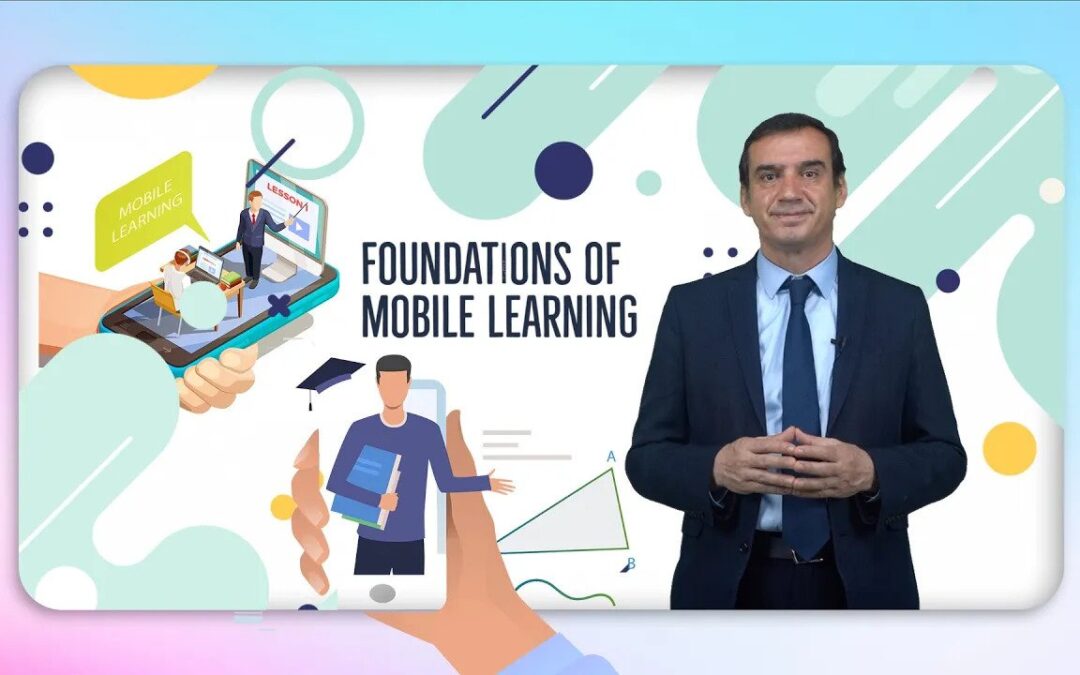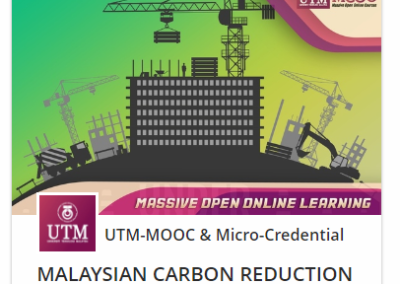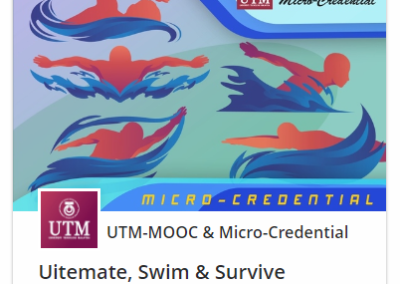Hey there! Assalamualaikum. I wanted to chat about the behind-the-scenes action of creating online Micro-Credential courses at UTM. Specifically, I’ll dive into the technical aspects, covering the production and post-production phases. It might give you a glimpse of how these courses come together in a University department.
Now, usually, it’s ideal for content experts to handle the development of online courses, scripting, hitting the record button, and handling the video production phase. However, that’s not always the case. But let’s not get into that right now. As someone who works behind the camera for every online course before it hits the learning platform, I want you to know that the technical and creative work involved in making these courses available online is pretty time-consuming. Especially when there’s drawing or graphic elements that need to be digitally created, followed by animation or compositing work on those elements. However, if the course mainly focuses on a PowerPoint slide, it’s usually less work on the animation side. Thank goodness for that!
But Why Do You Have to Edit Videos on UTM Micro-Credential Course?
Oh, for sure, the university throws some cash your way for doing that, right? Sounds like a breeze, doesn’t it? But let me tell you, the reality is way more complicated than it seems.
I’ve come across these academics who put in a ton of determination and effort into Micro-Credential courses before they even go live in Malaysian universities. These folks are the real MVPs, showing serious commitment to the Ministry of Higher Education’s goals for all the higher ed institutions in Malaysia. Some of them go beyond their Ph.D. in engineering or science, picking up extra skills, especially in multimedia software. They know their way around OBS to record themselves in front of a camera, and some are even pros at organizing stuff in OBS. Hats off to them! Not every academic has the time or interest to dive into this kind of stuff in their daily lives!
And you know what’s cool? A bunch of resources on the technical side of developing these courses are readily available on the internet. The folks who generously share these resources for free? Yep, you guessed it—they’re the OGs of Micro-Credentials in Malaysia. I won’t spill the beans on which university they’re from, but I can tell you some of them are happily retired now. Cheers to those legends!
Do We Really Care Enough About UTM Micro-Credential Course?
Alright, let me break down the nitty-gritty of the most crucial technical aspect of putting together a Micro-Credential course from the perspective of a Video Editor, like yours truly. So, sure, there’s a bunch of free resources floating around the internet that we can snag to kickstart our video production phase. But here’s the scoop – not all of them really sync up with our workflow.
Now, picture this: most academics heavily rely on their PowerPoint slides for teaching and learning in the classroom. The traditional drill is the lecturer dropping knowledge bombs on the students, who soak in facts, figures, and experiences. It’s the classic linear approach we’ve known forever. But then, enter the worldwide drama of the Covid-19 pandemic, and suddenly, we’re all scrambling to figure out how to keep the show going, and the only way out is diving headfirst into online teaching.
Even though Micro-Credentialing had kicked off in 2014 way before the pandemic, from my own experience as a Video Editor delving into Massive Open Online Courses, our initial task was to transform the lecturer’s PowerPoint slides into a video script. This script needed to be crystal clear for our technical team to understand line by line so we could figure out when and where to sprinkle in some animations.
Here’s the kicker – our storyboard template, crafted by our technical wizards, wasn’t your run-of-the-mill Google-able version. Don’t expect loads of images or graphics on it; instead, you’d find heaps of text printed out on good ol’ A4 paper. No surprises there! ‘Cause, truth be told, most of these academics weren’t exactly buddy-buddy with the term ‘storyboard’ and what it meant for us Video Editors. That’s why the early gang of academics venturing into MOOCs played a pivotal role in priming the next bunch, ensuring the course’s growth over time.
Okay We Have Our Video Production Team. What’s Next?
Now, I’m thinking this could be the key to amp up our MOOC and Micro-Credential courses for the online crowd, but let’s find ways to get more academics excited about crafting their own Micro-Credential course within the given timeframe. They can even take a shot at recording and editing the video themselves without getting too deep into the technical nitty-gritty during the post-production phase. Remember the person I mentioned earlier, the one who took the initiative early on? Same guy who carved out time to prep and gather technical knowledge before diving into the journey. And he nailed it right before retiring! Major kudos to you, sir!
While having a team to handle all the phases of MC video production is a game-changer, I’m hoping that one day, academics getting into MC course development are up for editing their own videos. My heart would seriously light up when that becomes a reality down the road.
Thanks a bunch for taking the time to read through this post!
Jeffri Rahman
Producer | Editor | Blogger | Youtuber
https://cubitsanasini.blogspot.com






